Location: Duomo Cathedral Milan
Designer: Giuseppe Perego
Construction Start Date: 1769
Completion Date: 1773
Erected In: 1774
Materials Used: Iron, Copper, Steel, and Gold
Height: 4.16 m
Number of gold sheets used in gilding: 6750
The Madonnina is a statue of the Virgin Mary situated on the highest spire of the Duomo Milan Cathedral. Erected in 1774 and designed by Giuseppe Perego, this gold-gilded monument of the Madonna Assunta (the Assumption of Mary) is regarded as an important religious and civic symbol by the people of Milan. Learn all about this fascinating structure and the history of its construction here.
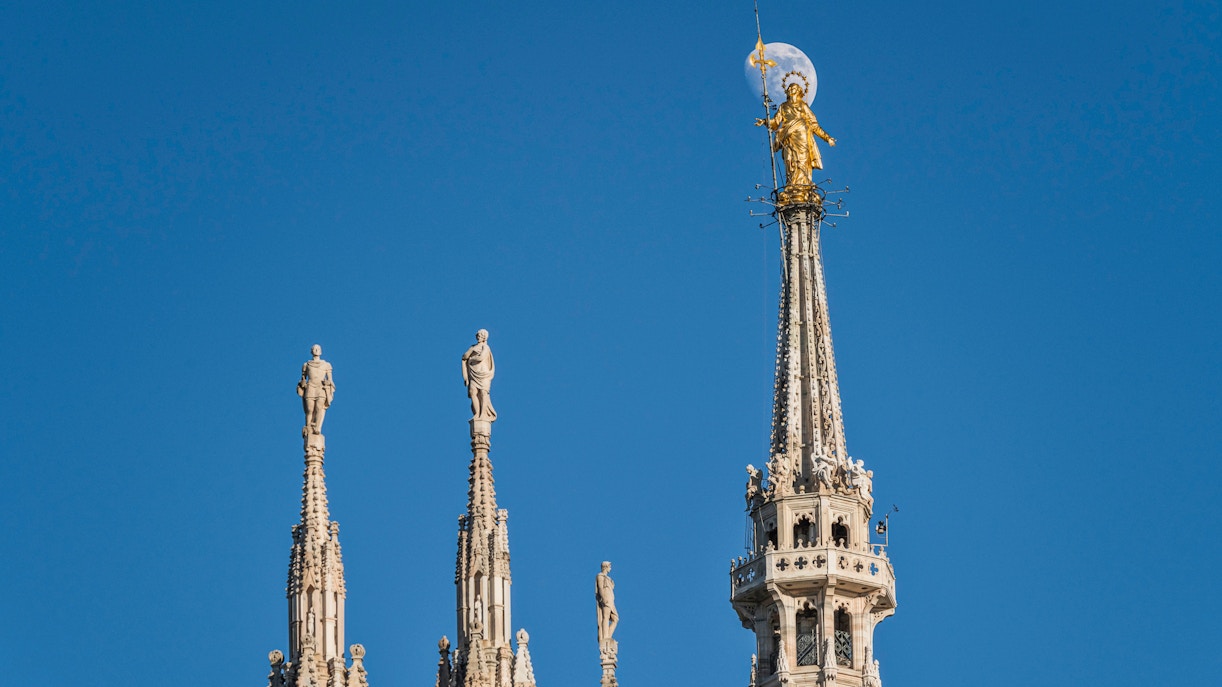
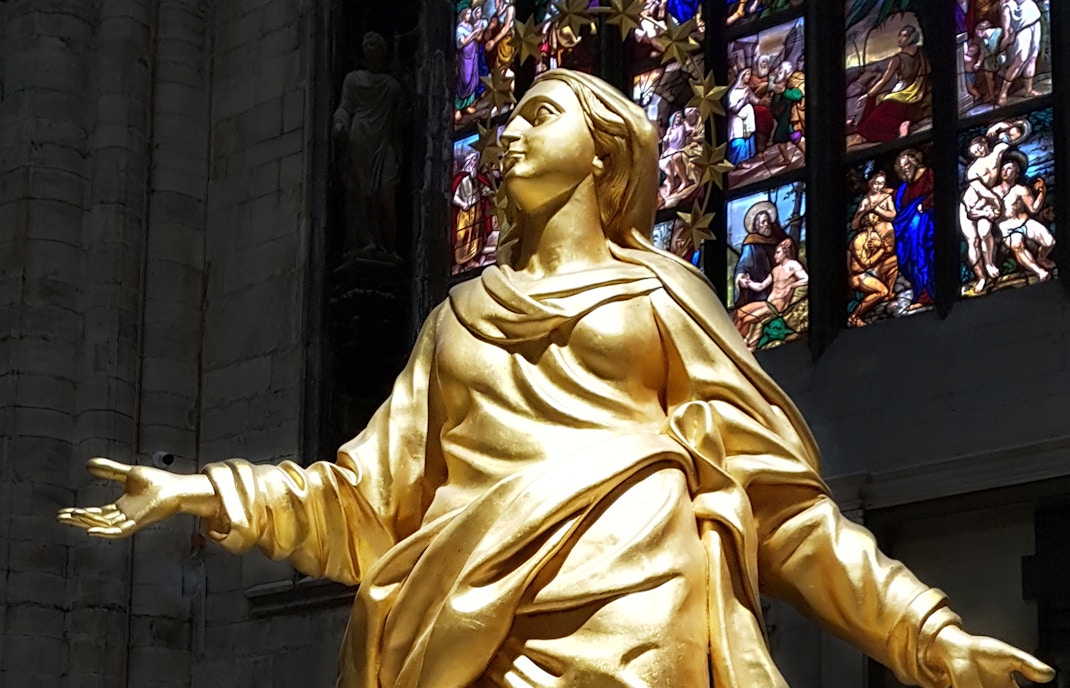
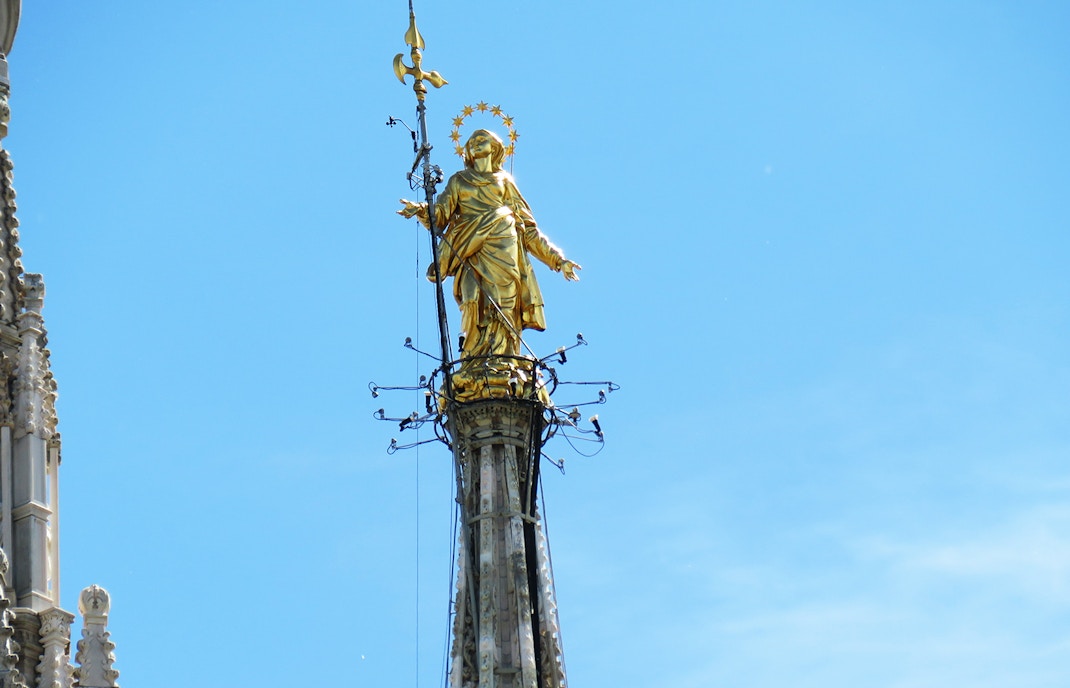
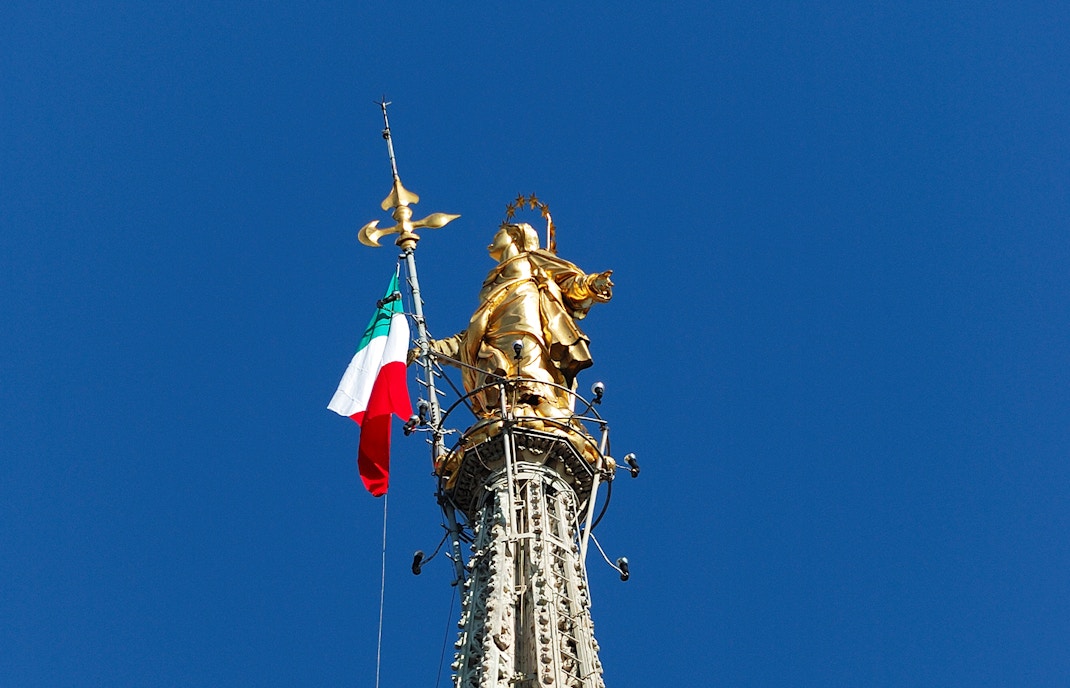
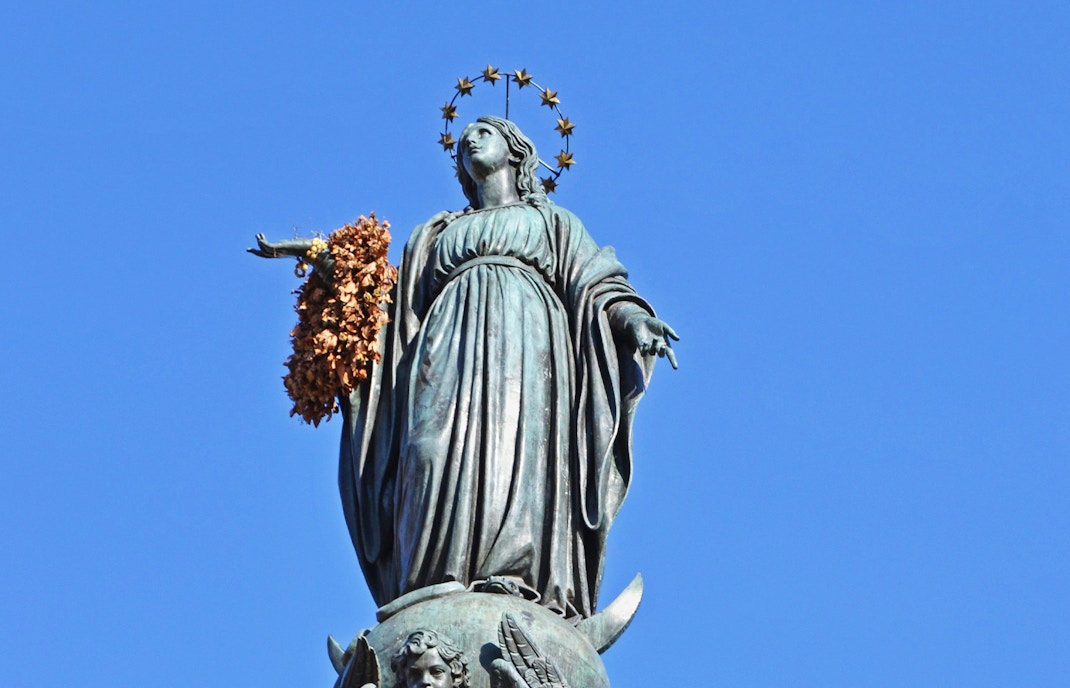
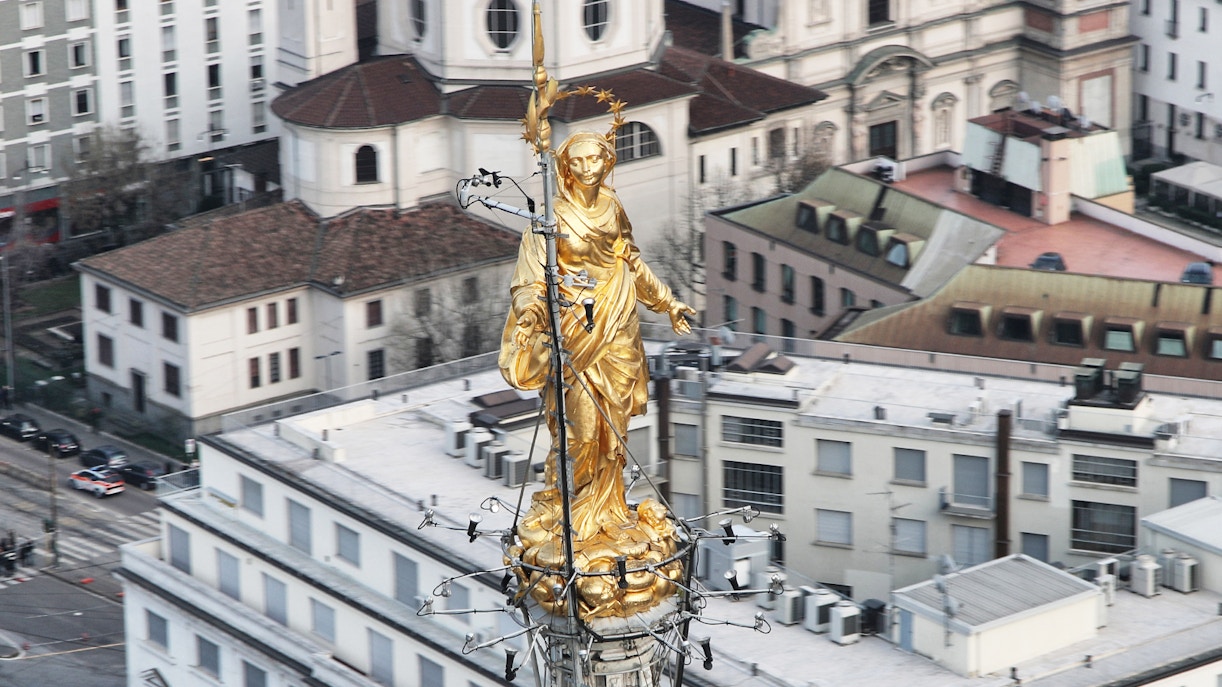
The Madonnina stands tall even today and serves as a symbol of faith and hope for Milan. Its image and design are widely used in merchandise and souvenirs, cementing its influence in the city's culture. Despite its several restorations, the original statue retains its original form and significance. It has survived several wars, uprisings, and regimes yet remains unscathed and still crowns the Milan skyline.
Yes, you will require rooftop access to the Duomo Milan to see the Madonnina. This can be purchased separately with a Milan Duomo: Rooftop Access Ticket.
Yes, you can view the Madonnina with tickets to the Duomo Milan. However, you must ensure that rooftop access is a feature of those tickets.
The design for the Madonnina was originally conceptualized through terracotta models by Giuseppe Perego.
The Madonnina was completed in the year 1773 and erected on the Great Spire in 1774.
The materials used in the construction of the Madonnina were gold, copper, and iron. These materials have been replaced over the years through restoration.
The Madonnina is a life-size statue that measures 4.16 meters in height.
A. There is no specific dress code, but modest attire is required to enter the Duomo Milan.
A. You can get to the rooftop by using the staircase located on the south side of the cathedral, or by using the lift.
There are 250 stairs in total. The first 170 stairs will get you to the rooftop, after which there are 50 more stairs you need to ascend to reach the central terrace.
The Madonnina can be during the rooftop timings of the Duomo Milan which is between 9 AM and 7 PM. The last entry for rooftop access is 6 PM.
From the rooftop of the Duomo Milan, you can see intricate spires and statues. You will also get a chance to see the golden statue of the Madonnina.
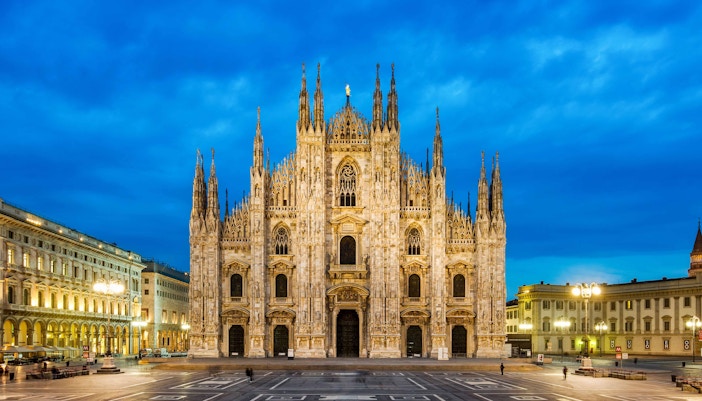
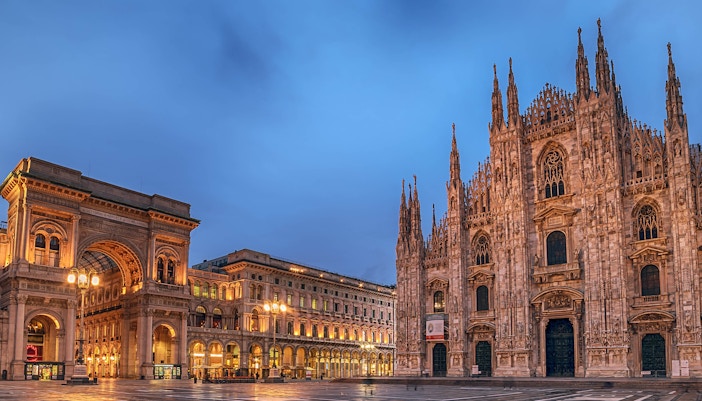














Milan Cathedral, Museum & Terrace Access Tickets
Milan Cathedral Terrace Access Tickets
Milan Cathedral and Terraces Skip-the-Line Guided Tour
Milan Cathedral & Terraces Skip-the-Line Ticket with Lift Access